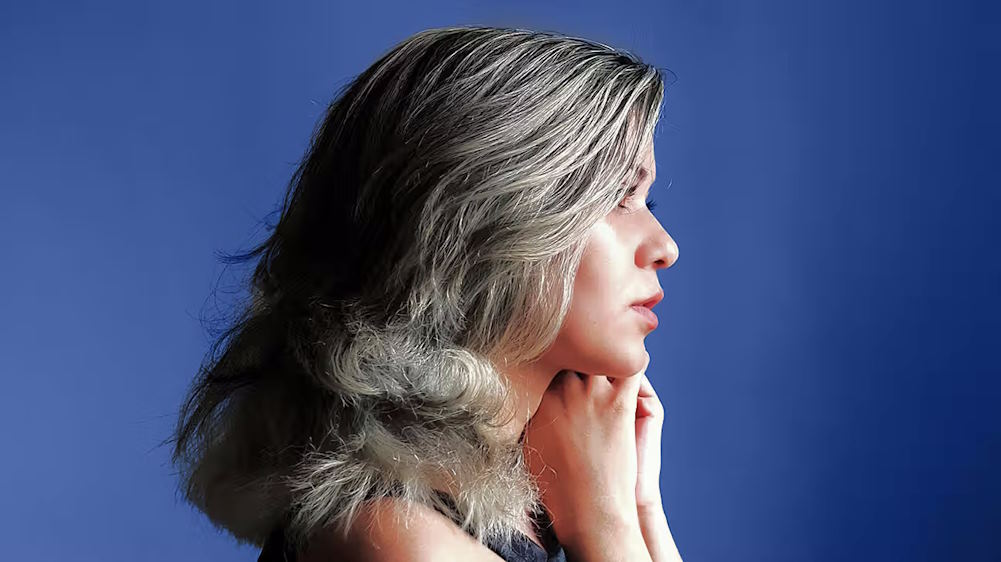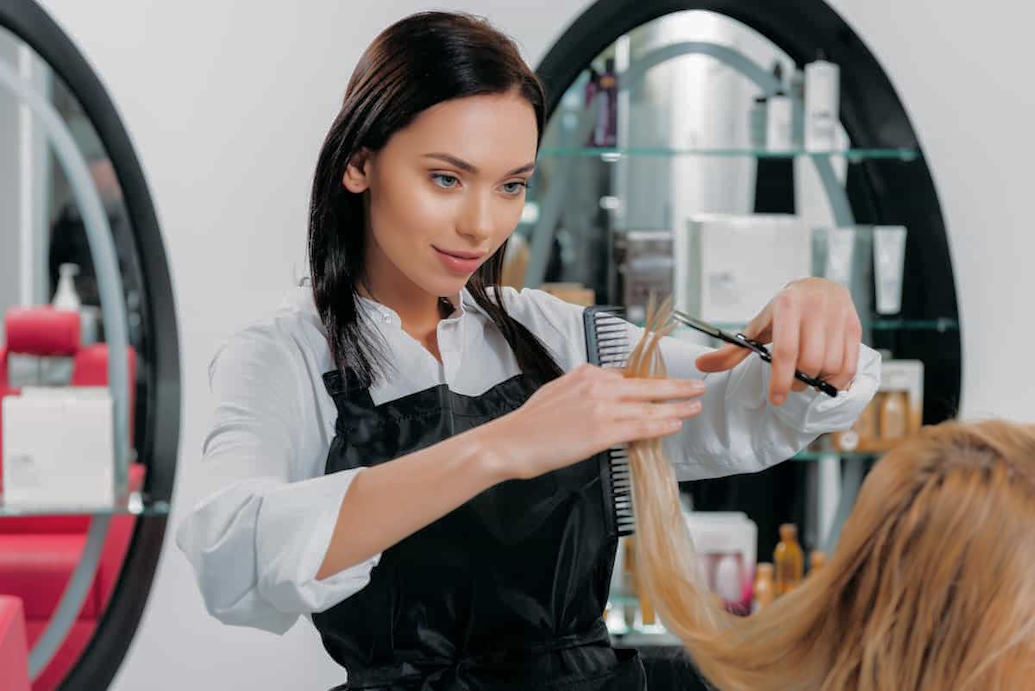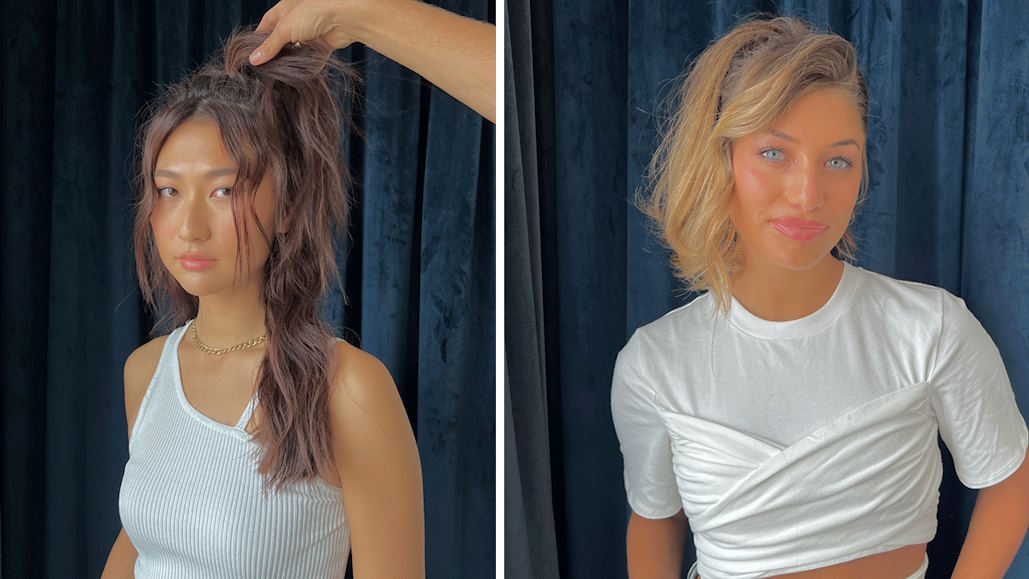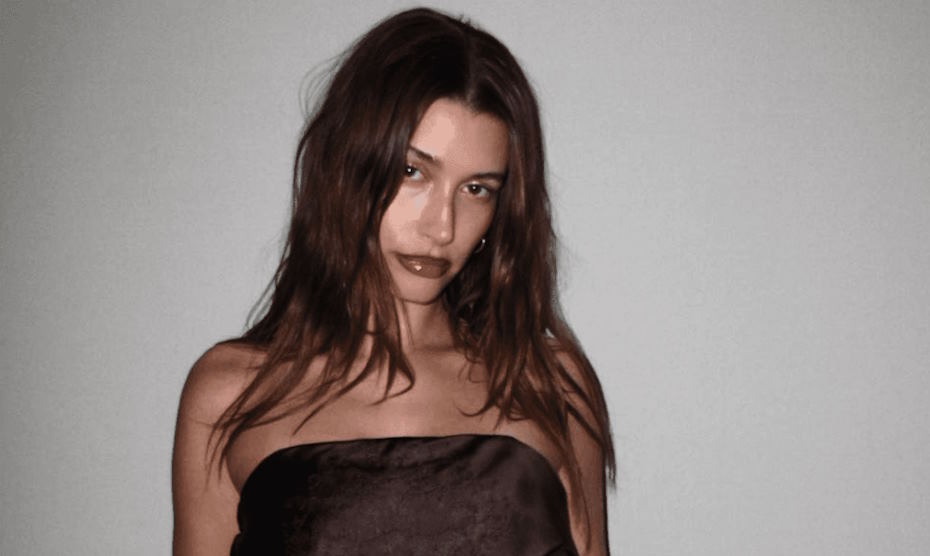
Have you ever wondered how a simple haircut can transform your entire look? It’s like choosing between classic blue jeans that fit just right and those trendy, eye-catching sneakers everyone’s talking about. When it comes to straight hair, the options are endless: from timeless classics that never go out of style to modern cuts that push the boundaries of fashion. Whether you’re a fan of the elegance of Audrey Hepburn’s iconic bob or tempted by the edgy allure of today’s textured lobs, we’ll explore what makes each style unique and help you decide which one suits your vibe best.
Evolution of Classic Haircut Styles
Straight hair has been a canvas for hairstylists throughout history, offering a clean slate for sculpting classic looks that stand the test of time. Think back to the glamour of Hollywood’s Golden Age, where stars like Grace Kelly and Marilyn Monroe epitomized elegance with their sleek, well-defined cuts. The classic bob, characterized by its even length and blunt ends, became a symbol of sophistication and poise. It’s the haircut equivalent of a vintage Rolls Royce—a timeless choice that exudes understated luxury and refinement.
Fast forward to the swinging ’60s and ’70s, where the classic haircuts for straight hair evolved with the times. Layers became popular, adding texture and movement to the once-sleek styles. The layered cut was like adding a splash of color to a black-and-white photograph—it brought depth and dimension, transforming how straight hair could frame the face and accentuate features. Women sought versatility in their hairstyles, and classics like the layered cut offered just that—whether styled sleek or tousled, it adapted to any occasion.
Emergence and Characteristics of Modern Haircut Styles
As fashion trends continued to evolve, so did haircut styles for straight hair. Enter the era of modernity, where experimentation and individuality took center stage. The classic bob received a contemporary makeover with the introduction of the lob (long bob). This hybrid of classic and modern styles combined the timeless elegance of the bob with a fresh, shoulder-length twist that suited the dynamic lifestyles of the 21st century.
Textured cuts also became a hallmark of modern straight hair fashion. Instead of the uniformity of classic cuts, textured styles introduced layers of varying lengths and choppy ends, creating a lived-in, effortlessly chic appearance. It’s like switching from a classic novel to a modern-day thriller—the suspense and unpredictability of textured cuts add intrigue and personality to straight hair, making each strand a statement.
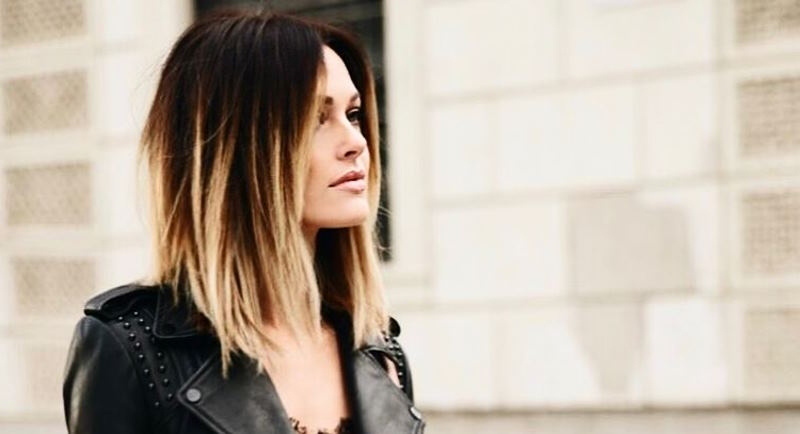
Detailed Comparison: Classic vs. Modern Styles
Aesthetic Appeal and Versatility
Classic haircut styles for straight hair are revered for their timeless appeal and versatility. Take the blunt cut, for instance—it’s sleek, straightforward, and emphasizes the natural smoothness of straight hair. Whether worn chin-length or grazing the shoulders, its clean lines and simplicity make it a perennial favorite. Classic styles often require less maintenance and styling effort, making them ideal for those who prefer a low-maintenance yet polished appearance.
On the other hand, modern haircut styles for straight hair offer a bold departure from tradition. The asymmetrical cut, characterized by uneven lengths and daring angles, challenges conventional beauty standards with its avant-garde flair. Modern cuts like the textured lob or shaggy layers add movement and volume, catering to individuals who crave a contemporary look that reflects their dynamic personality and fashion-forward mindset.
Styling Techniques and Maintenance
Styling classic haircut styles typically involves achieving a sleek, polished finish. Straightening irons and smoothing serums are go-to tools for maintaining the smoothness and uniformity of classic cuts. These styles often hold their shape well throughout the day, requiring minimal touch-ups.
In contrast, modern haircut styles may embrace natural texture and encourage more relaxed styling techniques. Curling wands and texturizing sprays are used to enhance the tousled effect of textured cuts, creating a lived-in appearance that complements casual and formal settings alike. While modern styles can offer more versatility in styling, they may require more upkeep to maintain their desired shape and texture.
Practical Considerations for Choosing a Style
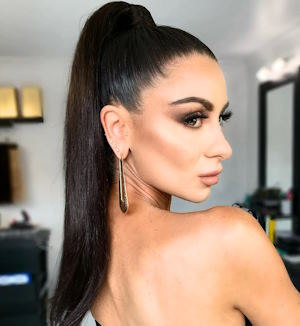 Choosing between classic and modern haircut styles for straight hair involves considering various factors beyond aesthetic preferences. Your face shape plays a crucial role in determining which style flatters your features best. For instance, a classic bob with a chin-length cut can accentuate a square jawline, while a modern layered cut can soften angular features.
Choosing between classic and modern haircut styles for straight hair involves considering various factors beyond aesthetic preferences. Your face shape plays a crucial role in determining which style flatters your features best. For instance, a classic bob with a chin-length cut can accentuate a square jawline, while a modern layered cut can soften angular features.
Additionally, lifestyle factors such as maintenance requirements and styling time should be taken into account. Classic haircut styles often offer simplicity and ease of maintenance, making them suitable for busy schedules or professional environments where a polished appearance is essential. On the other hand, modern styles may require more frequent styling sessions to achieve their desired look, catering to individuals who enjoy experimenting with different hairstyles and trends.
Cultural and Social Impact of Haircut Styles
Haircut styles for straight hair not only reflect individual fashion choices but also mirror broader cultural and social trends. Throughout history, hairstyle icons—from Audrey Hepburn to modern influencers—have influenced popular perceptions of beauty and style. Classic haircut styles evoke nostalgia for bygone eras of elegance and sophistication, while modern styles challenge norms and celebrate individuality.
In today’s diverse society, haircut styles serve as a form of self-expression and cultural identity. They transcend gender and age boundaries, allowing individuals to showcase their personality and creativity through their chosen hairstyle. Whether embracing a classic bob reminiscent of Old Hollywood glamour or opting for a contemporary lob that captures the spirit of modern-day fashion, haircut styles for straight hair continue to evolve as expressions of personal style and societal trends.

